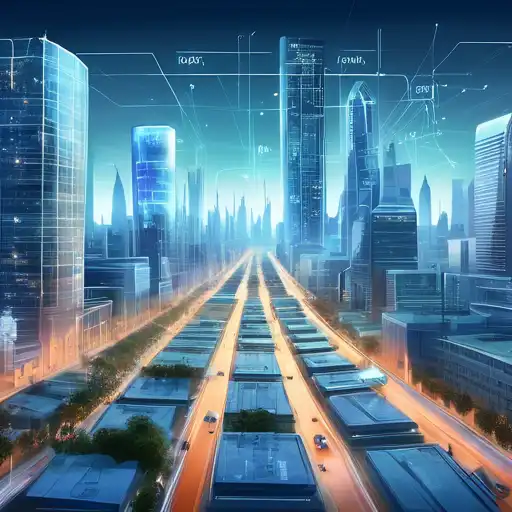Introduction to IoT and Smart Cities
The Internet of Things (IoT) is revolutionizing the way cities operate, making them smarter and more efficient. By connecting devices and systems across urban areas, IoT technology enables real-time data collection and analysis, leading to improved public services, reduced environmental impact, and enhanced quality of life for residents.
Key Areas Where IoT is Making an Impact
From traffic management to waste disposal, IoT is transforming various aspects of city living. Below are some of the key areas where IoT is making a significant difference:
- Traffic and Transportation: IoT sensors and smart traffic lights optimize traffic flow, reducing congestion and pollution.
- Energy Management: Smart grids and meters help in efficient energy use, lowering costs and carbon footprints.
- Public Safety: Surveillance cameras and emergency response systems powered by IoT enhance security and safety.
- Waste Management: Smart bins and collection systems ensure timely waste disposal, keeping cities cleaner.
Benefits of IoT in Urban Development
The integration of IoT into city infrastructure offers numerous benefits, including:
- Improved efficiency in public services
- Reduced operational costs for city administrations
- Enhanced sustainability through better resource management
- Increased citizen engagement and satisfaction
Challenges and Considerations
Despite its advantages, the deployment of IoT in cities faces several challenges, such as data privacy concerns, high initial investment costs, and the need for robust cybersecurity measures. Addressing these issues is crucial for the successful implementation of IoT solutions.
Future Prospects
The future of smart cities looks promising, with IoT at its core. Advances in technology and increasing adoption rates suggest that IoT will continue to play a pivotal role in urban development, making cities more livable, sustainable, and resilient.
For more insights into how technology is shaping our world, explore our articles on technology trends and sustainable development.
Conclusion
IoT is undeniably transforming urban landscapes, making cities smarter and more responsive to the needs of their inhabitants. As technology evolves, the potential for IoT to further enhance urban living is limitless. Embracing IoT solutions is not just an option but a necessity for cities aiming for sustainable growth and improved quality of life.
